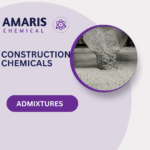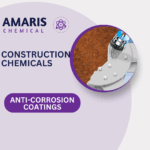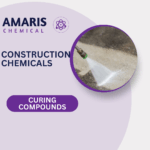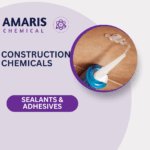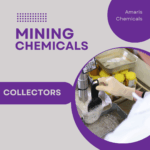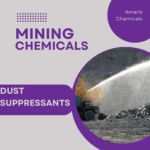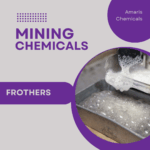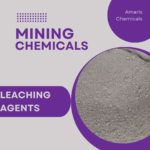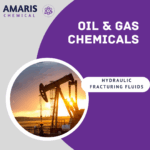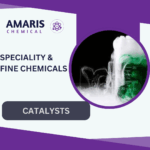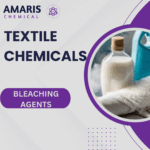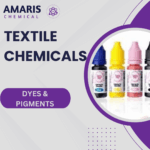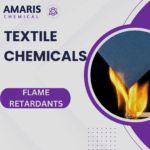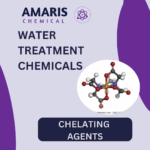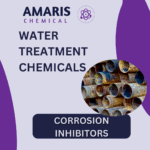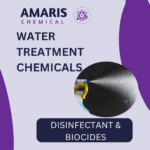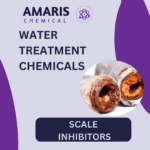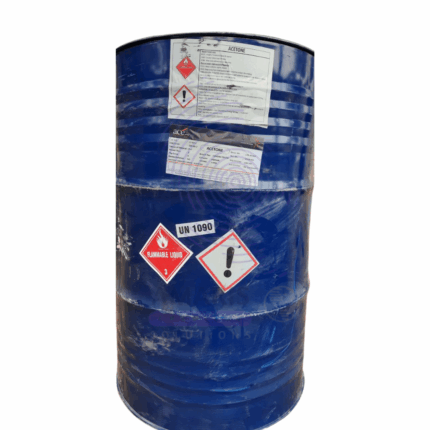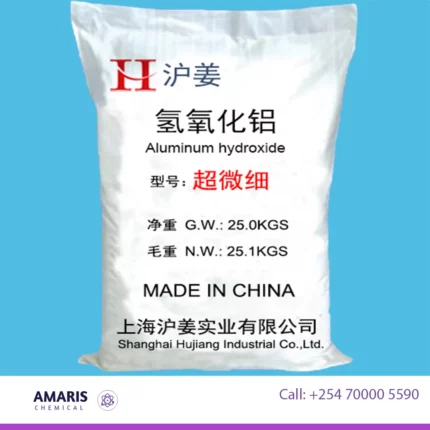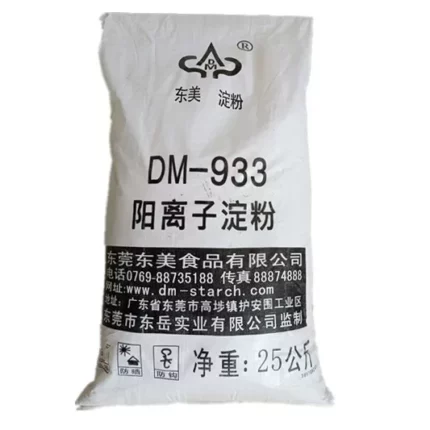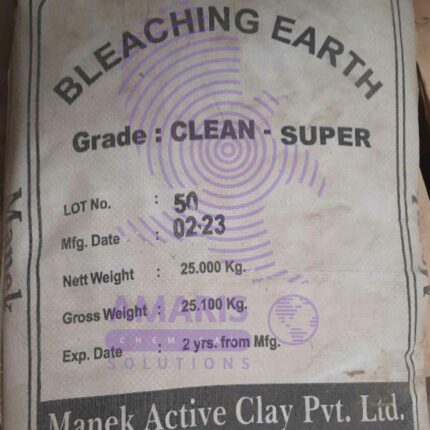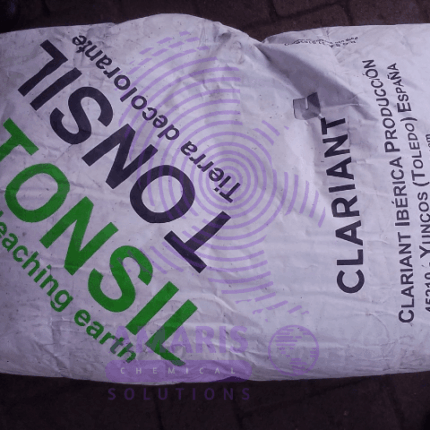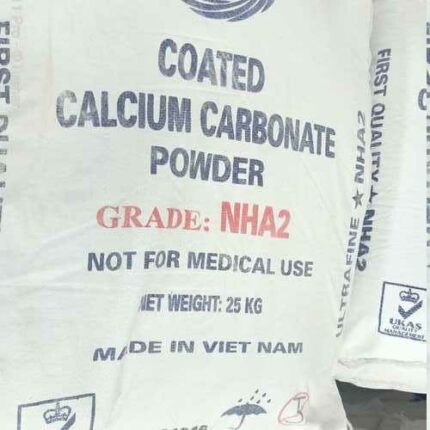Cosmetic Grade materials are specifically refined and tested to meet the safety, purity, and performance standards required for use in personal care and beauty products. These ingredients are formulated to be non-toxic, skin-safe, and compliant with international cosmetic regulations.
Cosmetic Grade chemicals and raw materials are used in the production of a wide variety of products, including:
Skincare – creams, lotions, serums, cleansers, and exfoliants
Haircare – shampoos, conditioners, styling products, and dyes
Makeup – foundations, powders, eyeshadows, lipsticks, and mascaras
Fragrances – perfumes, body sprays, and scented products
Bath and body – soaps, bath bombs, scrubs, and body oils
Acetone
Acetone
Acetone is a colorless, flammable liquid with a sweet, fruity odor. It is a common organic solvent that is widely used in the production of plastics, fibers, drugs, and other chemical compounds. Acetone is also commonly used as a cleaning agent and a nail polish remover. Chemically, it is the simplest ketone and is represented by the formula CH3COCH3.
Aluminium hydroxide
Aluminium hydroxide is a chemical compound with the formula Al(OH)3. It is an inorganic compound that is commonly used as an antacid to neutralize excess stomach acid, as well as a component in the manufacture of various products, such as ceramics, paper, and cosmetics. It is a white, powdery substance that is insoluble in water and has a low toxicity. When heated, it decomposes to produce aluminium oxide, or alumina, which is used in the production of aluminium metal.
Amphoteric
Amphoteric refers to a substance or compound that has the ability to react as both an acid and a base. In other words, it can either accept a proton (H+) to act as a base or donate a proton to act as an acid, depending on the conditions of the reaction. The term "amphoteric" is often used in the context of chemistry to describe species that exhibit this dual nature of reactivity.
Bleaching Earth
Bleaching earth is a vital industrial adsorbent that purifies oils, fats, and fuels by removing impurities, improving quality, and ensuring stability. Its effectiveness, versatility, and cost-efficiency make it indispensable in food processing, biofuels, petrochemicals, and environmental applications.
Calcium carbonate (Coated)
Calcium Carbonate (coated) refers to a form of calcium carbonate in which the individual particles of the mineral are coated or encapsulated with a layer of a different material. This layer can be composed of various substances, such as stearic acid, fatty acids, or other polymers. The purpose of the coating is to modify the surface properties of the calcium carbonate particles, such as their hydrophobicity or compatibility with other materials, making them more suitable for specific applications. Coated calcium carbonate is widely used in industries such as plastics, paper, paints, and coatings, where it can improve the properties of the final product, such as brightness, whiteness, and durability.



 LABORATORY EQUIPMENT & APPARATUS
LABORATORY EQUIPMENT & APPARATUS
 Fertilizers
Fertilizers Plant Growth Regulators
Plant Growth Regulators Soil Conditioners
Soil Conditioners Animal Feed Additives
Animal Feed Additives Biostimulants
Biostimulants Dough Conditioners
Dough Conditioners Flour Treatments
Flour Treatments Fat Replacers
Fat Replacers Preservatives (baking)
Preservatives (baking)
 Surfactants (cleaning)
Surfactants (cleaning) Builders
Builders Bleaching Agents
Bleaching Agents Enzymes
Enzymes Solvents (cleaning)
Solvents (cleaning) Fragrances
Fragrances




